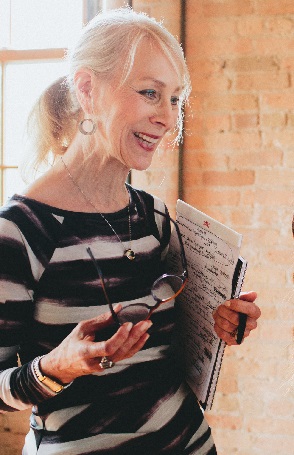DJHP / Leaders
There’s not a business around that doesn’t have a culture. Some companies actively develop their cultures while in the startup phase, whereas others leave culture to chance, never settling on their vision for the company beyond what products or services they intend to sell.
If you weren’t an active participant in the cultural development of a company, it may be in need of a cultural shift. And as a leader, here’s what you need to do to make it possible:
1. Commit to the shift. Shifting a company’s culture takes time and patience. Don’t start unless you intend to see it through to fruition. Doing anything otherwise can cost you staff, and those who do stay will likely feel discouraged, which can erode your employee engagement, lower productivity levels, and stifle innovation.
Before tackling a cultural shift, evaluate your current company culture with key decision makers in your business. Look at its strengths and weaknesses, as well as your priorities, such as growth or profitability. Then, settle on your vision for an organization that lives its values and gather the resources to make it possible.
2. Embrace new values. Cultural shifts start from the top, so you must start talking the talk and walking the walk if you ever hope to make a positive change in your business. Adopt these new values as your own. It’s an opportunity to not just improve a culture but set the stage for your own professional growth. To help with this process, develop an action plan that starts with your “why” and ends with your goals.
To make a cultural shift, develop an action plan that starts with your “why” and ends with your goals.

3. Engage the workforce. Though it starts with you, cultural shifts shouldn’t rest solely on your shoulders. Engage your staff and ask them to name the issues. Ask them to articulate their intentions, visions, and desired outcomes. It’s at this time when you should be gathering information and focusing the conversations — much like you did with the key decision makers in your organization.
Use this feedback to help you clarify strategic priorities for your cultural shift and to define employee objectives to support the behavioral changes necessary to make it all possible. Consider hiring someone to provide an outside perspective and get beyond any prejudices, stereotypes, or programming you may hold. This person can also help you keep your intention and vision focused on the bigger picture.
4. Craft the process. It isn’t enough to decide to make a cultural shift. You need an actual plan. Focusing on the intent and priorities of the cultural shift, carefully and proactively develop a process to bring it all into action. Focus on the results and look for ways to motivate and recognize the behavioral changes necessary for employees to adopt a new culture.
Welcome feedback to make it a more collaborative process, thereby encouraging staff buy-in. Share successes and celebrate growth. And throughout it all, make sure to track the progress with predetermined measures. You need to know whether the process is working, and measures are critical to this.
5. Build in fun. The ultimate goal of a cultural shift is to improve the work environment so that it boosts employee engagement and increases workforce productivity, thereby encouraging more innovation and faster growth. But the process should be fun — or at least not a chore for your employees. Look for ways to make the process enjoyable.
Culture influences everything in an organization. It informs the ways in which people think, talk, work, and conduct business. By taking stock of your current culture and being honest about its strengths and weaknesses, you’ll know if your company is in need of a cultural shift, and you should waste no time in doing what’s necessary to make it positive and productive.
RELATED ARTICLES /

Dr. Jan Hoistad
Lead Coach. Business Development Consultant. Thought Leader. Entrepreneur. Author. Dr. Jan Hoistad is passionate about helping professionals, business owners, partners, and teams develop the skills necessary to achieve success and fulfillment in both their occupational pursuits and personal lives.With 35 years of experience, Dr. Hoistad has been a pioneer in the field of professional coaching. She’s advised countless CEO’s, executives, business group heads, emerging leaders, partners, teams, and professionals in career transition and business development, teaching them how to dig deep, and sometimes loosen up, so they can start living by their values, finding their purpose, and achieving their professional and personal goals with intent and confidence.By helping professionals see that personal wholeness is a means to achieving optimum professional performance, Dr. Hoistad provides her clients the tools to become catalysts for change in their own businesses, careers and lives. They learn to leverage their strengths, build on their expertise, and expand their influence to become true innovators in their fields.
Latest posts by Dr. Jan Hoistad (see all)
